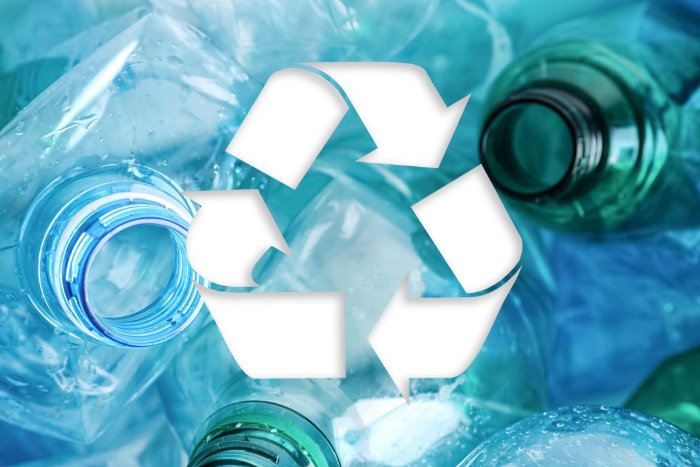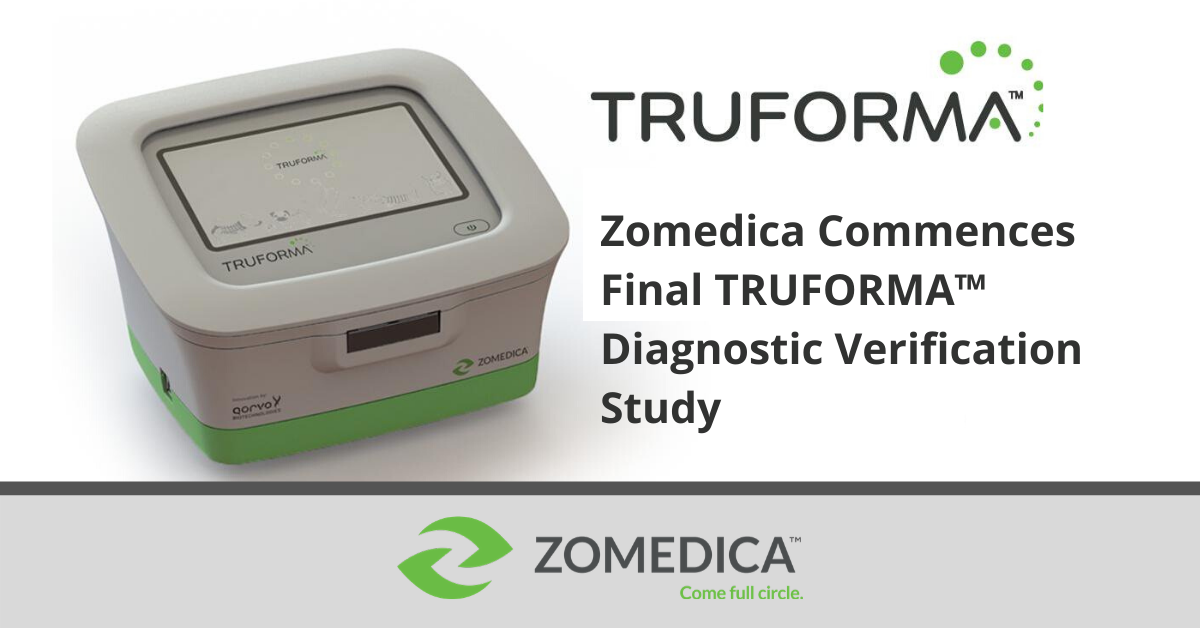The Environmental Protection Agency (EPA) has estimated that there are approximately 9.2 million lead service lines in the United States, which pose a health risk due to the absence of a safe level of lead exposure. In response, the EPA proposed a plan in November to replace all lead pipes leading to households within the next decade and improve sampling protocols for public water systems.
Chicago, with its 400,000 lead service lines, faces a significant challenge in accomplishing this goal. Gilbert Villegas, the alderman of Chicago’s 36th ward, emphasized the need for federal and state funding to supplement the allocated $15 billion for lead service line replacement in Illinois. The estimated cost for Chicago alone is between $12 to $15 billion.
Chicago officials have set a target of removing 10,000 lead service lines per year. However, at this rate, it could take up to 40 years to replace all the lines. Andrea Cheng, Chicago’s commissioner of water management, acknowledged the need for increased financing and expressed optimism about the progress made in recent years. The department aims to replace 4,500 lines this year and is on track to meet that goal.
Challenges in replacing lead service lines include the lack of awareness among homeowners about their water service lines and the financial burden associated with the construction required for replacement. Chicagoans, like Gina Ramirez from the Natural Resources Defense Council, stress the urgency of addressing this critical issue to ensure safe drinking water for future generations.
While some Chicago residents have successfully replaced their lead service lines, many others will likely face a lengthy wait for the necessary upgrades. The EPA’s proposal, if implemented, could significantly improve the water infrastructure in Chicago and across the country.











